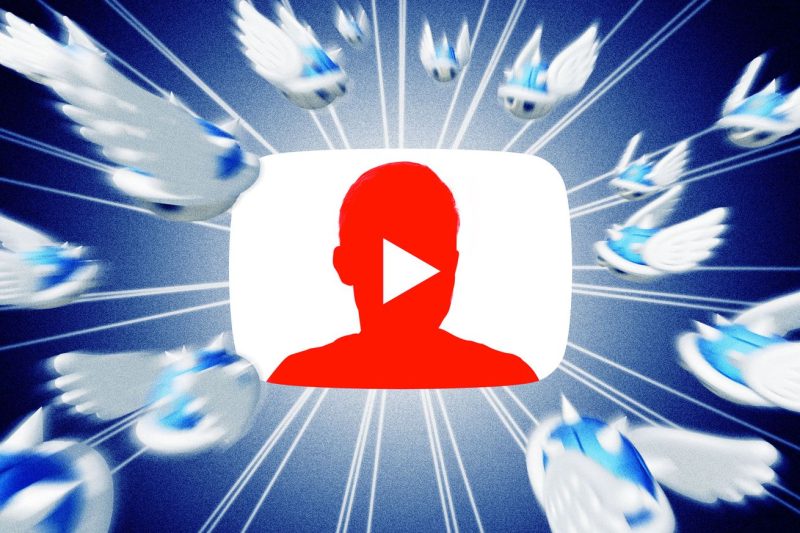Nintendo has always been a company that values its intellectual property rights and is known for protecting its brands and characters fiercely. This is evident in the recent case involving popular YouTuber, Nick Robinson. Nintendo’s decision to target Robinson for his usage of their copyrighted material raises important questions about fair use and the boundaries of creative expression in the digital age. Let’s delve into why Nintendo is taking action against this specific content creator.
Robinson, a prominent YouTuber with a sizeable following, has garnered attention for his videos that often feature gameplay footage and commentary on various video games, including those developed by Nintendo. While Let’s Play videos and game analyses are popular on platforms like YouTube, issues arise when creators use copyrighted material without proper permission or licensing.
Nintendo’s approach to copyright enforcement has been consistent over the years, with the company taking a strict stance against unauthorized use of its content. This includes targeting YouTube channels that showcase gameplay footage of its games, as well as fan projects and mods that incorporate Nintendo’s intellectual property.
From Nintendo’s perspective, the company’s strict enforcement of copyright is necessary to protect its brands and characters from potential misuse or misrepresentation. By cracking down on unauthorized content featuring their games, Nintendo aims to maintain control over how its properties are portrayed and shared online.
However, critics argue that Nintendo’s heavy-handed approach to copyright enforcement stifles creativity and limits the ability of content creators to engage with and share their experiences of Nintendo games. Many argue that Let’s Play videos and similar content fall under fair use laws, which allow for the use of copyrighted material for purposes such as criticism, commentary, and news reporting.
The clash between Nintendo’s copyright policies and the creative freedom of content creators like Robinson highlights the ongoing tension between rights holders and those who seek to engage with and build upon existing cultural works. While it’s essential for companies like Nintendo to protect their intellectual property, it’s also crucial to strike a balance that allows for innovative and transformative uses of copyrighted material.
In conclusion, the case of Nintendo targeting YouTuber Nick Robinson sheds light on the complexities of copyright enforcement in the digital age. As content creators continue to navigate the ever-evolving landscape of online media, finding common ground between protecting intellectual property rights and encouraging creative expression remains a pressing issue for both rights holders and creators alike.

